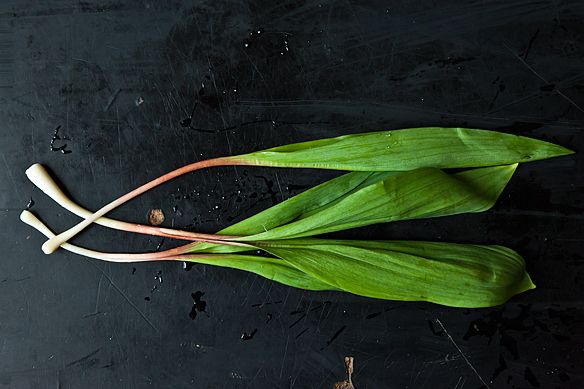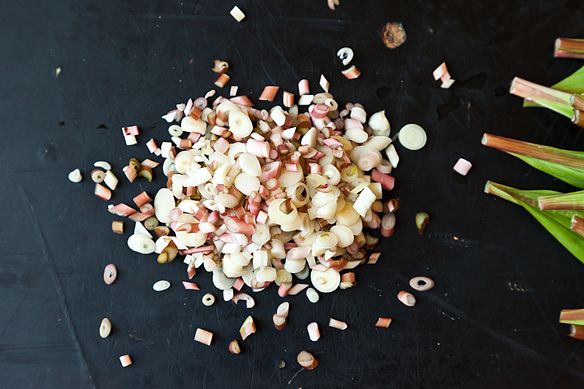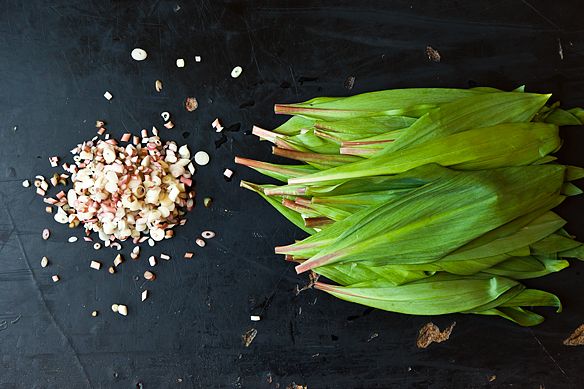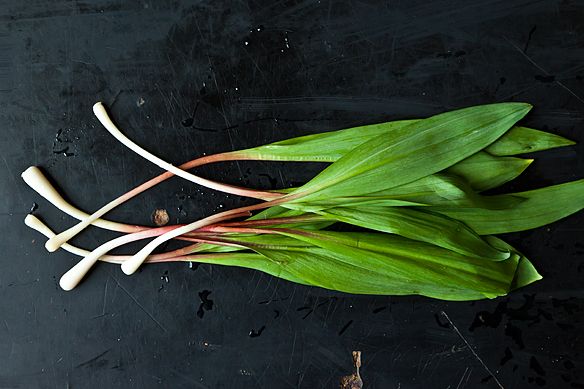Popular on Food52
12 Comments
Tina A.
July 19, 2013
Only just stumbled over this, I have a question. Is ramps the same as wild garlic? I live in Sweden where we have a willd onion plant that looks just like that but I was told it was called wild garlic. It has a mild garlic flavor. It grows in my backyard and we only ever pick the leaves. We make pesto or just have it in a sallad.
semanticantics
April 15, 2012
Minnesota is rotten with ramps right now. Picked 5 today and am trying to transplant them into the garden.
JeccaD
April 15, 2012
I can't see if my first post posted, so I'm going to ask again - sorry if it's repeated. :) I pick the stalks but leave the roots and bulb under ground intact, yes? Is there a 'best method'?
JeccaD
April 15, 2012
We own about 6 acres, mostly wooded, and I've been wanting to use the ramps which grow by the thousands, for years! How do I get started? Pick them? I think I understand that I should leave the bulb intact in the ground?
Aliwaks
April 15, 2012
Grilled some last night, had them on grilled country bread slathered in soft creamy Spanish goat cheese, drizzles with romesco sauce so freakin' good.
xmascarol
April 15, 2012
In the southern mountains( W. Va, NC, etc, they have ramp festivals. Lots eat them raw. It is wonderful to walk through a ramp blanketed forest and smell them. Up here in northern Michigan they seem to grow in beech forests. I am getting ready to go harvest a "mess" of them. I like to make a chowder with them, and one year found whole lot of fresh water mussels (VERY tough) that had washed up in a bay of Lake Michigan. Gathered those and minced them in the blender, went across the road to the woods, gathered my ramps and we all chowed down on the Michigan chowder. I'm just getting through with gathering the dandelion greens before the flower as well as the tender wild mustard.
deanna1001
April 15, 2012
Just bought three bunches at the farmers market...destined to go into a vegetarian lasagne along with some spring garlic. Last year I froze small pellets of ramp pesto and loved adding them to all kinds of things, particularly barley. Hope to find enough to do that again this year. Thanks for the great overview!
nbragg
April 15, 2012
Ramps are big here in WV. We cut up the whole thing and fry them in bacon fat. Some people fry them in potatoes. Really good.
lindycindy
April 13, 2012
As a child growing up in Oklahoma, ramps grew wild in the fields behind our home. Did I understand the article correctly: it takes 5 to 7 years to harvest these?
Nozlee S.
April 13, 2012
Yes, it takes 5-7 years for a ramp seed to grow big enough to harvest! Where are you from in Oklahoma, lindycindy? I grew up in Stillwater!
Panfusine
April 13, 2012
yes, just picked up some (6 stalks to be exact) yesterday.. They're selling at 12.99 / lb..have a great paneer & pickled peppercorn dish waiting to incorporate ramps!





See what other Food52 readers are saying.